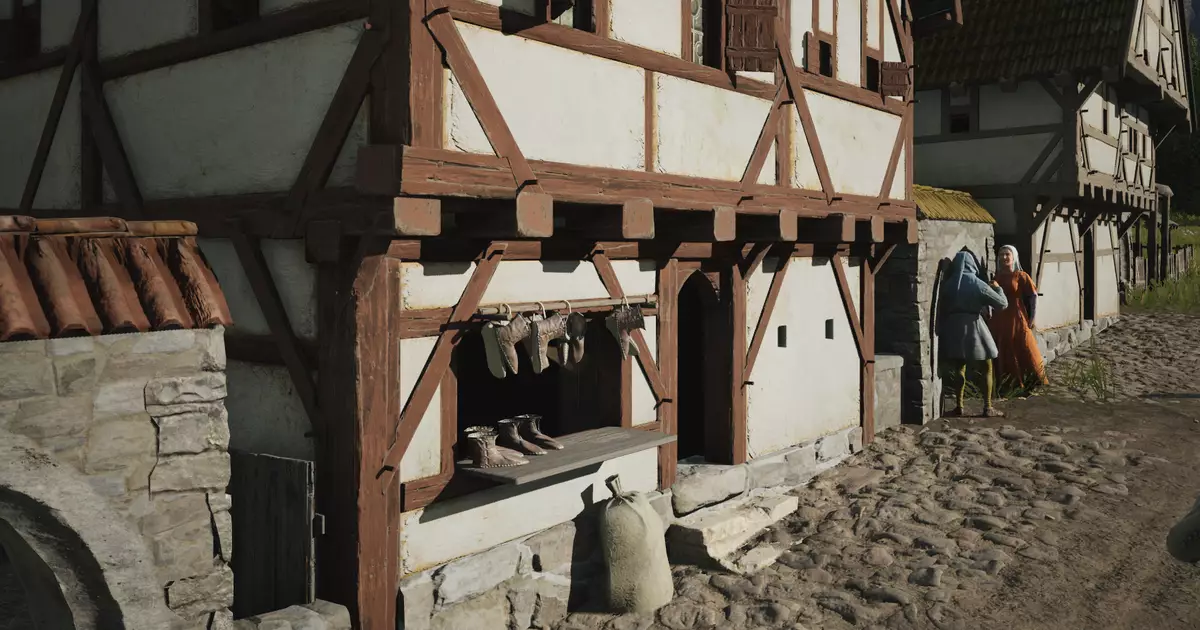Patience is a virtue, especially when it pertains to the intricate tapestry of city-building games like Manor Lords. For fans eagerly awaiting fresh updates, the hiatus might feel like a cruel joke—an endless waiting game punctuated by fleeting glimpses of promised features. However, beneath this prolonged silence lies a strategic overhaul that promises to redefine the game’s core mechanics. Rather than a series of incremental patches, the developers, Slavic Magic, are undertaking a comprehensive reimagining of their medieval simulation. While this approach may seem sluggish to some, it demonstrates a commendable commitment to quality and depth, aiming to deliver a refined experience that honors the game’s ambitious design.
This development strategy reflects a broader philosophy: meaningful change often demands patience and an embrace of careful craftsmanship. The game’s traditional delivery of content—small updates, quick fixes—is being replaced with a slower, more thoughtful process that prioritizes systemic integrity over superficial tweaks. The current silence is thus not indicative of neglect but of dedication to creating a more immersive, authentic medieval simulation. For players, this means that future updates, once unlocked, will potentially have a far greater impact, integrating new systems seamlessly into the game’s fabric rather than feeling like afterthoughts.
The Innovation Behind the Overhaul
At the heart of this full rework lies a desire to elevate Manor Lords from a promising early-access title to a truly compelling simulation of late medieval life. Among the upcoming changes is a new building affinity system that departs sharply from previous implementations, which often relied on radius effects. This change is more than purely aesthetic; it is a carefully considered response to the limitations of early design choices that clashed with the game’s unique plot system. The developers have recognized that the awkwardness of fitting rectangular plots into circular influence zones stifled creativity and created unnecessary friction. Modern design sensibilities have prompted a fresh approach—matching building affinities to environmental types—such as Meadow, Woodland, or Urban.
This environmental-based system unlocks a deeper layer of strategic planning. Apiaries, for example, thrive in woodland regions, their pollination benefits amplified when situated near meadows. Conversely, urban environments favor homes that increase civic affinity and interaction, encouraging players to think more organically about placement and landscape design. This nuanced system adds a layer of complexity and realism, prioritizing ecological logic over simplistic radius effects. It fosters a more immersive experience that aligns with the game’s medieval theme, where geography and environment significantly impact daily life and economic productivity.
A Promise of Richer Interactions and Visual Detail
The developers’ vision extends well beyond new affinity mechanics. They aim to deepen the relational interactions between structures and their environment, creating a living, breathing world where buildings influence and are influenced by their surroundings. One can envisage a city where a marketplace near a river flourishes differently than one tucked away in a hidden woodland vale—each with its unique challenges and advantages. These contextual layers promise to make gameplay more reactive and nuanced, providing players with a richer sandbox to craft their ideal medieval community.
Visual fidelity is also on the horizon. Slavic Magic has shared glimpses of a new map, Divided, with dramatic mountain ranges bisecting the landscape. Such geographic features will introduce new strategic considerations—controlling mountain passes, balancing resource distribution, and managing transportation across rugged terrain. Additionally, new visual elements like shop fronts, artisan workbenches, and fortified towers suggest a focus on both functional variety and aesthetic immersion. Enhanced buildings and defenses—such as see-through fortifications—add a tactile sense of realism, reinforcing the feeling of managing a living, breathing medieval settlement.
Despite these sweeping changes, the developers remain aware that they are working in flux. All features are subject to iteration, and the community’s feedback will likely influence the final design. Yet, this transparency signals a thoughtful development process dedicated to elevating Manor Lords beyond its early-access roots into a genuine masterpiece of medieval city simulation. For fans who long for a game that captures the grit and glory of feudal life, these updates promise a fertile ground for innovation, creativity, and—importantly—hope.

